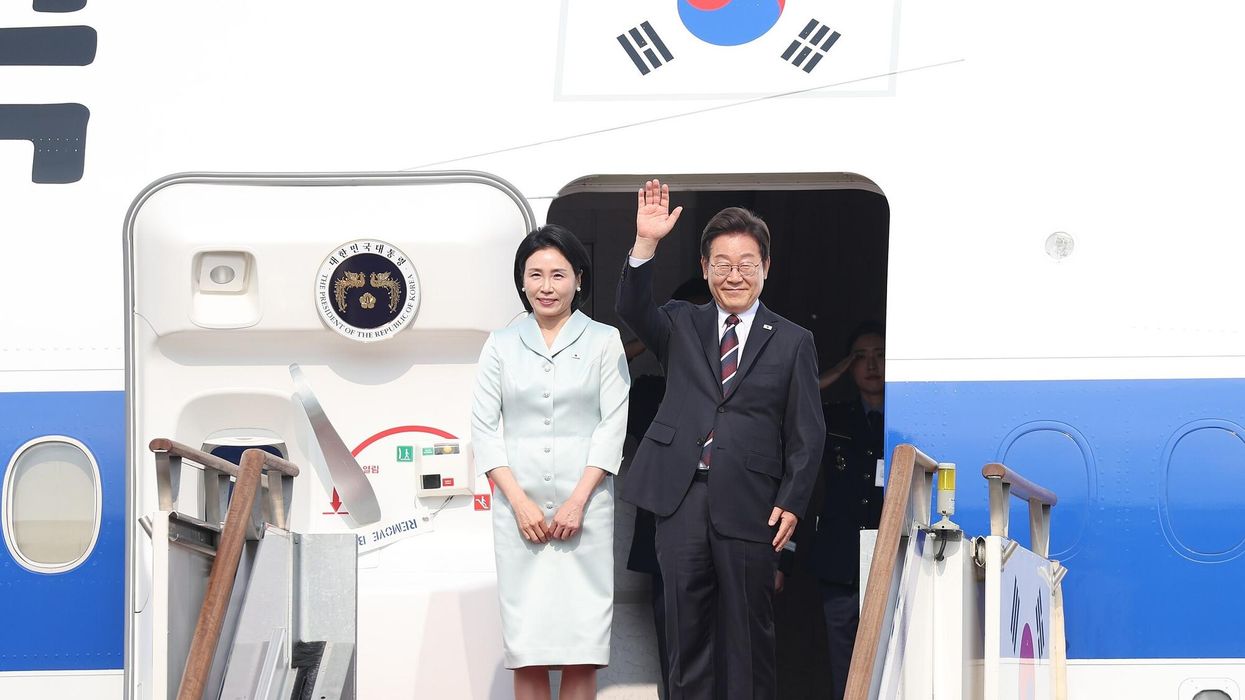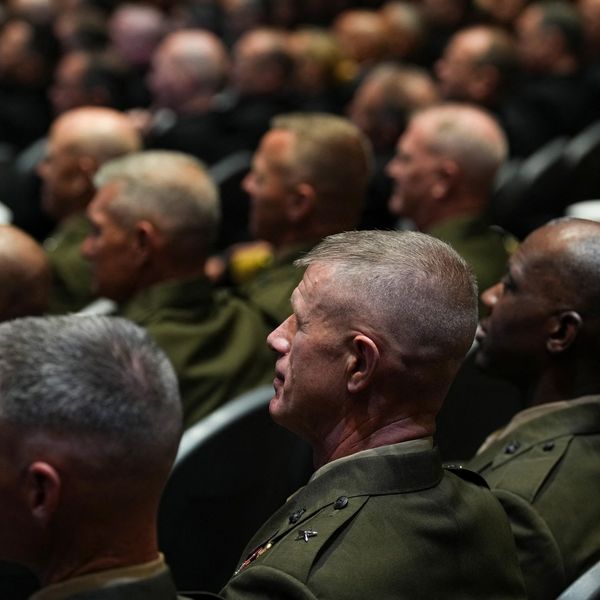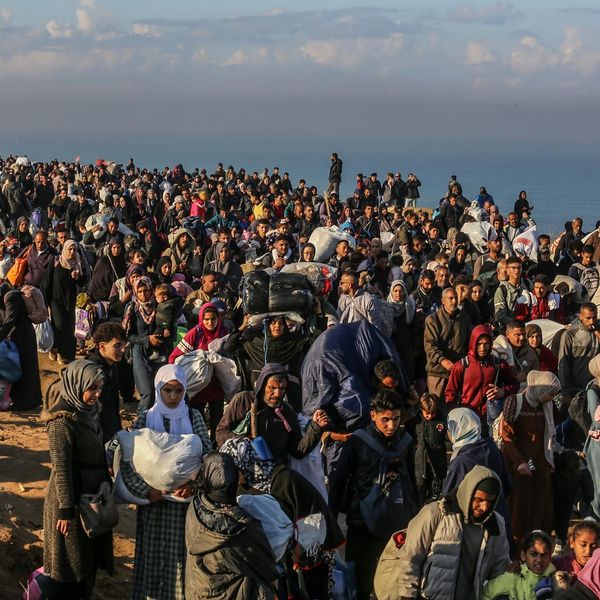There is no better place to begin to understand Syria after December’s collapse of the Assad dynasty than the movie "Sirocco."
The 1951 film features Humphrey Bogart as a mercenary American arms dealer supplying the Arab resistance to the French during the Druze revolt against colonial rule during the 1920s.
In a dialogue that resonates across the decades, Emir Hassan, the steely-eyed leader of the revolt, admonishes Bogart:
“Do you want to know why we Syrians fight the French? You may tell your people we fight because they have invaded our country. They want to govern us, to tell us what to do. We want to govern ourselves. We want Syria for ourselves. We fight to throw out our enemies, to recapture our freedom, and we will win because God and justice are on our side.”
Even as the British inaugurated the use of air power against the neighboring Iraqi insurgency next door, the French response to a popular revolt in a new country called Syria, carved out of the corpse of the prostrate Ottoman Empire, was to stand up an army led by French officers and recruited from the Druze, Circassian, and Alawite minorities who chafed under the rule of the majority Sunni political and merchant class.
Alongside these “Special Army of the Levant,” the French also created powerless statelets — one each in Damascus and Aleppo, as well for the Druze and Alawite minorities. Each boasted a flag — some of which were flown during the revolt that recently toppled Bashar al Assad — all part of a policy aimed at undermining popular efforts to establish a politically and territorially coherent independent nation.
This French strategy of “divide and rule” failed completely. Damascus and Aleppo were inextricably linked by trade and a shared history. The confessional communities wanted a fair deal in a newly reimagined Syria, not an ersatz independence.
Then as now, “Syria for the Syrians” resonates far more deeply than the self-interested and cynical efforts of many players — domestic and foreign — to capture Syria for their own political or sectarian interests.
Independence was won in 1946 and modern day Syria, unified into one territorial unit, joined the world stage.
However, the Sunni political elite, men (and only men), schooled in the ways of Ottoman administration and the battle for independence, were politically and ideologically exhausted by their winning effort.
Their failure left the political stage during the 1950s and 1960s to a bewildering series of coups and counter-coups led by mostly forgettable Druze or Alawi colonels — soldiers (trained by the French) determined to reinvent themselves and their country.
As in Nasser’s Egypt, Syria’s officer corps was the new incubator of political power. Unlike their Egyptian brothers, however, the Syrian colonels were endemically divided amongst themselves.
This serial bloodletting and constant political instability ended only when Hafez al Assad – the autocratic father of the recently deposed Bashir – fought his way to the top in 1970.
Challenges to his power during four decades of rule came from two sources — within the Assad family itself, and more significantly, from Islamic revivalists, militants and traditionalists who, in 1956, again in 1964 and 1984, and finally in 2011 successfully challenged the power of Alawite supremacy upon which the Assad family rule was based
Sirocco debuted 1951. The colonial powers were breathing their last — at Suez. Damascus was struggling, then as today, to establish stable and benevolent leaders willing to share power across the sectarian divide and capable of resisting the blandishments of any number of foreign powers — Arab and Western — determined to win what the noted British historian Patrick Seale aptly called “the struggle for Syria.”
Ahmed Hussein al-Sharaa, the newly crowned yet “interim” president, is the latest Syrian military leader to claim for himself the mantle of national leadership from a tight circle of ambitious competitors. At the very least, he is a symbol of the restoration of Sunni supremacy after more than seven decades in the political wilderness. His political power rests with Sunni and jihadi military commanders, who recently elevated the Golan Heights native to the Syrian presidency.
Yet it remains unclear whether al-Sharaa exercises real, preeminent power, or is simply a convenient and well-spoken place holder elevated by victorious military factions, not all of them Syrian, dominated by Sunni ideologues determined to prevail over Alawite dead-enders and Druze and Kurdish warlords in the south and northeast.
Syria’s communal and geographic divisions are real and politically potent, no less today than throughout Syria’s modern history. The effort to create a national Syrian identity that also accommodates allegiance to a confession or clan or warlord remains a work in progress, and a challenge of the first order for the Sunni militants who now rule.
Al-Sharaa sings from an acceptable script aimed at keeping friends and winning enemies. The former partisan of al-Qaeda promises to respect the confessional nature of Syrian life and to support a more “inclusive” form of governance, while negotiating to recognize, and institutionalize, if limit, the power of those who would challenge Damascus’ supremacy.
“I found in al-Sharaa a blend of revolutionary spirit and leadership,” observed former Lebanese lawmaker and minister Marwan Hamadeh recently. “He wants to quickly shift Syria from an era of factions to a republic, from the time of divisions to the time of the state. Syria is still fragmented, with issues like the Kurdish and Druze concerns that we raised, but thankfully, progress is being made. He’s cautious about the Alawites, fearing reprisals from his own people, but insists, ‘We have nothing against the Alawites.’ A significant portion of them opposed the Assad regime.”
Syrian civil society, led by a constellation of groups championed in the West, are hoping against hope, and Syria’s own history, that the victorious militants will enable them to play a leading role in charting Syria’s political future.
Not since the late 1940s, however, has the Syrian political class, exhausted by the anti-colonial struggle against the French and subsequently outplayed by a more ambitious and talented, if endemically factionalized officer corps, been a serious contender for power.
The inability of the Syrian political class to place limits on the role of the military in politics – created the necessary conditions for the ascendancy of the Assad regime — remains the foremost challenge facing the leaders of civil society today.
Al-Sharaa has made a concerted if unfulfilled effort to fashion a “zero problems” foreign policy. This includes Israel, which occupies Syrian territories conquered in1967 and 2024, a fact that Sharaa’s now discarded nom de guerre — al Jolani — recalls. Everyone, except for Sisi’s Egypt, is prepared, for the moment at least, to give him the benefit of the doubt, without investing much in his success.
The new president’s effort to create a unified security force as the anchor of the regime is understandable, as is the reluctance of the Druze and Kurdish as well as uncountable warlords to accommodate him.
Al Sharaa speaks of a “natural” — i.e. Sunni state. His supporters announce the rebirth of “the state of the Umayyads” amplifying the concerns of Christian, Druze, Alawite, and Circassian minorities anxious that they will be compromised by his success.
On the eve of deliberations meant to chart Syria’s post-Assad future, Al-Sharaa has no Syrian role model to emulate. The traditional Sunni elite offers little guidance. And the Baath Party, which promised “Unity, Freedom, and Socialism,” delivered only weakness, penury, and foreign intervention.
Al-Sharaa swept into Damascus like the hot Sirocco wind. He and his cohorts must now demonstrate that they have learned not only from those they have recently defeated, but are also able to overcome the troubled legacy of those who preceded them.
- US veterans: Didn't we fight Al Qaeda terrorists for a reason? ›
- HTS: Can these Islamists truly unify a post-Assad Syria? ›
- UAE may need al-Sharaa as much as he needs it. Here's why. | Responsible Statecraft ›
- Syria’s ticking time bomb | Responsible Statecraft ›
















